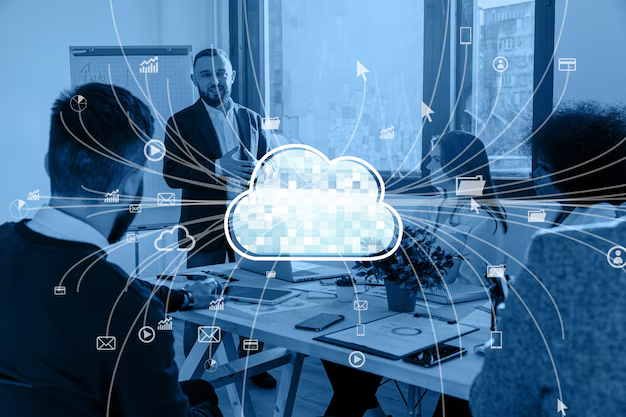What if your next online order was delivered not by a human driver but by a robot or drone navigating streets and skies autonomously? With the surge in e-commerce and logistical demands, the question isn’t hypothetical—it’s happening now. A recent report predicts that the global market for autonomous delivery systems will grow at a compound annual rate of 31.3% by 2030. Behind this revolution lies artificial intelligence (AI), shaping the future of efficiency and innovation.
At AI Report Central, we focus on bringing the latest updates in artificial intelligence, including breakthroughs that are transforming industries. This post examines how AI powers autonomous systems, like drones and delivery robots, the efficiencies these innovations bring, and the challenges they pose.
The Power of AI in Drones
Drones are no longer limited to aerial photography or military operations. Today, they play a pivotal role in industries ranging from agriculture to emergency response.
- Precision Agriculture: AI-powered drones analyze fields using machine learning to optimize crop management, improve yields, and conserve resources.
- Logistics and Delivery: Companies like Amazon and UPS deploy drones to deliver goods faster while reducing carbon footprints.
- Emergency Assistance: Drones equipped with AI can locate disaster survivors or assess damage in real-time, offering critical support during emergencies.
Machine learning algorithms enable drones to analyze vast amounts of data from sensors, detect obstacles, and make decisions autonomously. These capabilities minimize human intervention, driving operational efficiency while cutting costs.
Delivery Robots: Revolutionizing Last-Mile Logistics
The “last mile” of delivery has always been the most expensive and time-consuming. AI-powered delivery robots offer a groundbreaking solution:
- Route Optimization: AI algorithms calculatethe fastest, safest delivery routes in real-time.
- Autonomous Navigation: Robots use cameras, lidar, and sensors combined with AI to avoid obstacles and navigate crowded streets or hallways.
- Cost Efficiency: By reducing reliance on human labor, businesses save on delivery costs, especially for high-frequency, low-margin deliveries.
Autonomous delivery robots are already a common sight on some college campuses and urban neighborhoods, bringing convenience to consumers while driving business efficiency.
Challenges and Ethical Considerations
Despite their advantages, these systems raise critical questions:
- Data Privacy: Autonomous systems often rely on constant data collection, including personal information.
- Job Displacement: Automation might replace jobs traditionally performed by humans, raising economic concerns.
- Safety: Ensuring that these machines can reliably operate in dynamic environments is vital to prevent accidents.
- Regulation: Policymakers face the challenge of crafting regulations that balance innovation with public safety and privacy.
AI must evolve responsibly, prioritizing ethical use and transparent implementation.

What Does the Future Hold?
Can you imagine a future where autonomous systems dominate logistics and transportation, making our lives easier and businesses more profitable? As AI continues advancing, that future isn’t far off. Drones, robots, and vehicles equipped with the latest in generative AI are already reshaping how we live and work.
At AI Report Central, we’re dedicated to providing the latest AI technology news and updates, with a focus on implementing AI in small businesses and analyzing the impact of AI on computing. To stay informed about the latest articles on artificial intelligence and receive curated insights, subscribe to our newsletter today. Let’s explore how AI can transform your world!



















